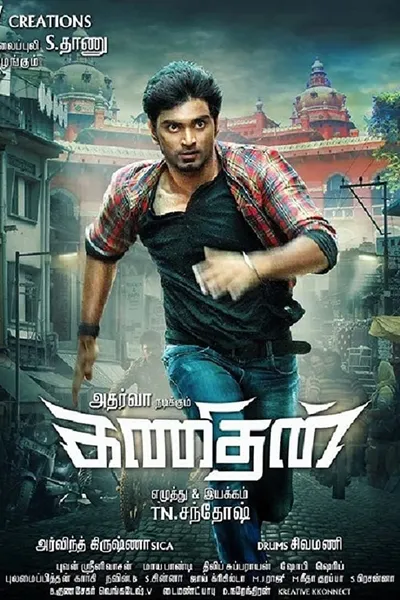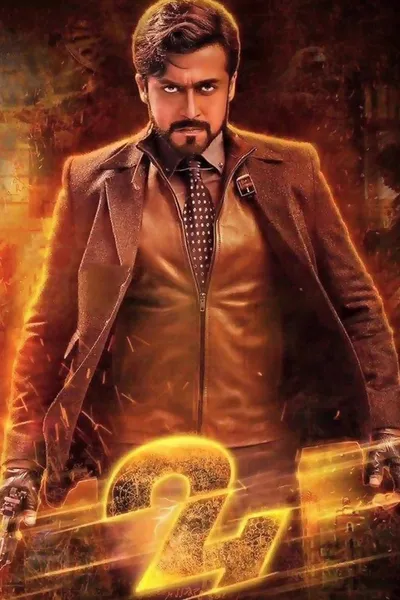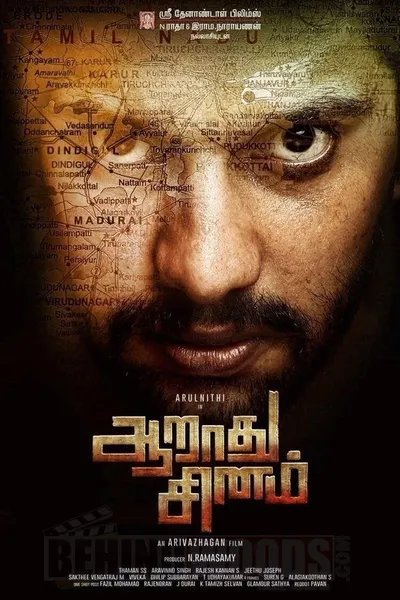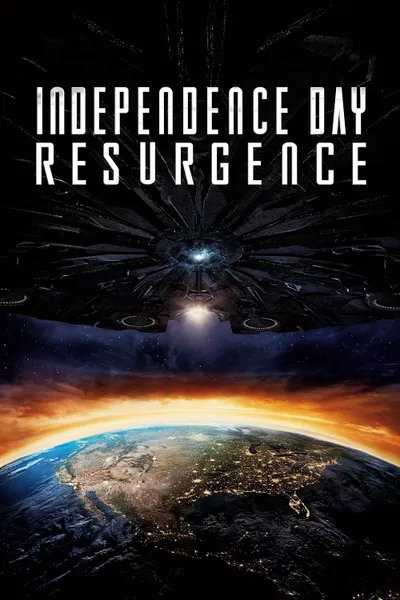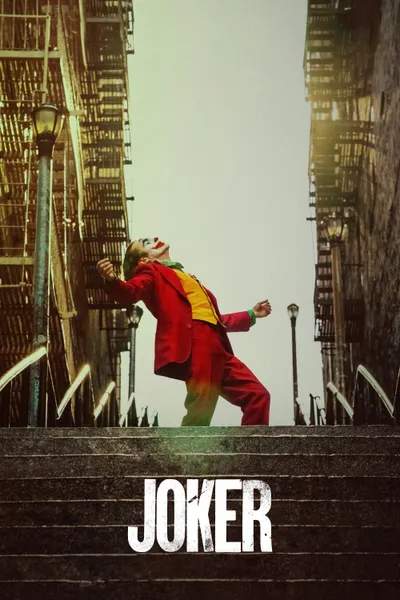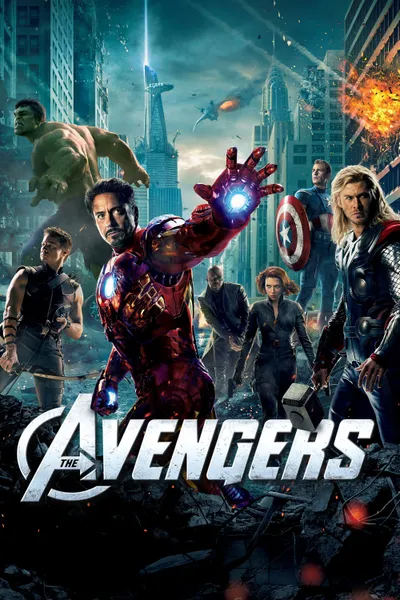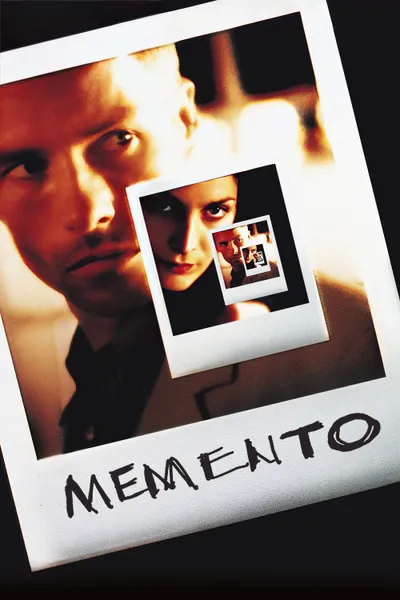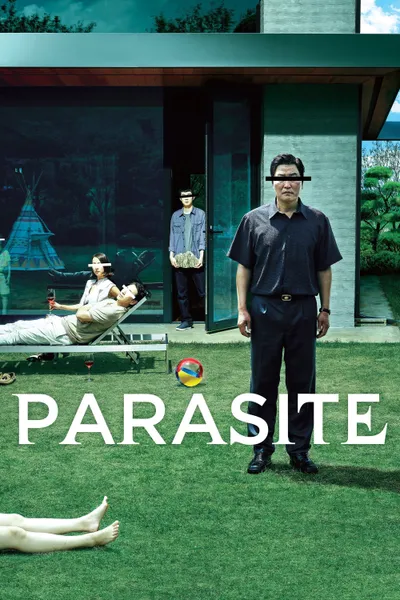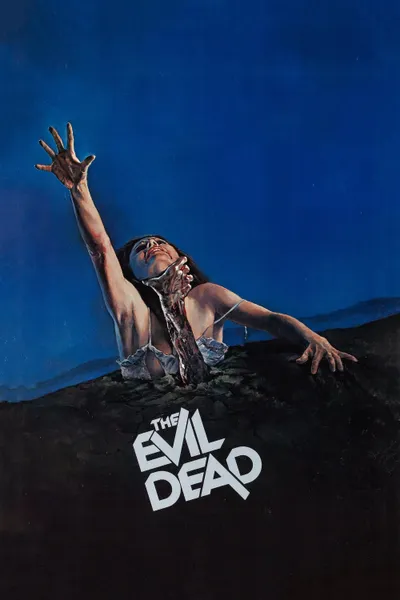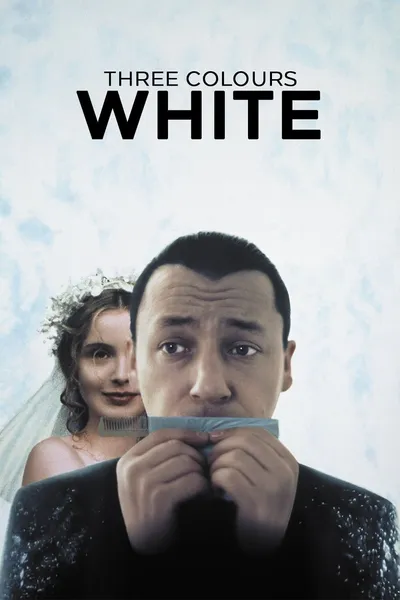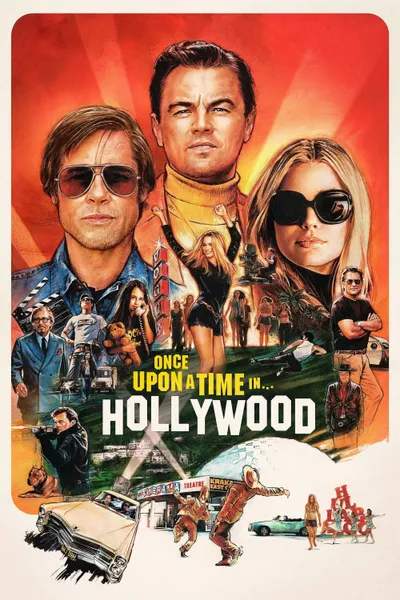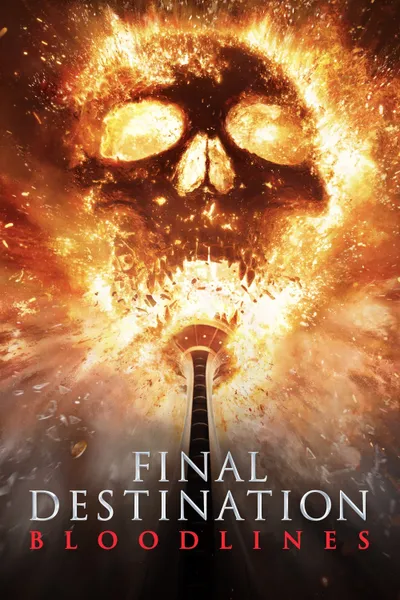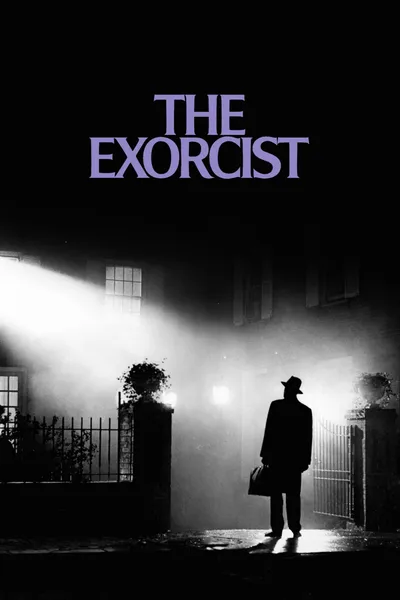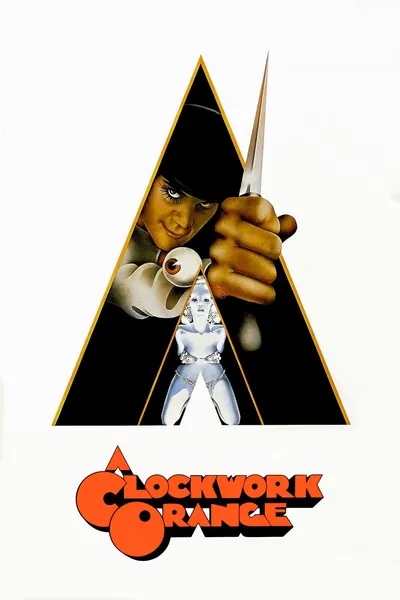Reviews
timesofindia
March 18, 20165.0
N Santhosh, the director of Kanithan is a former assistant of AR Murugadoss, so it is not surprising that the film bears resemblances to his guru's films. The framework of the plot — the hero trying to discover the villain's identity even as the villain is trying to track him down — is similar to the one in Thuppakki (even Ghajini and Ramana involve this set-up but on a minor level); a point made about the villain's men having a presence all over the state brings to mind Ramana, where it was the hero who had eyes everywhere; there is even a scene where the hero is looked down upon because he speaks broken English, which finds resonance in a scene from 7aum Arivu, where the heroine blasts a group of men for making disparaging remarks on Tamil. And the director is competent enough and the visuals are slick (thanks to cinematographer Arvind Krishna) that the film manages to be engaging... for a while.
The middle section of the film is a racy thriller. Gowtham Ramalingam (Atharvaa, sprightly), a reporter, gets arrested for fraud, and learns he has become a victim of a fake degree certificate racket (who either sell such certificates to willing buyers or take out loans using them). He decides to track down the person responsible for stealing identities and ruining the lives of many youngsters like him. Meanwhile, Thura Sarkar (Tarun Arora, menacing), who heads the racket, realises that someone is after him, and decides to find out who the person is and finish him off. There are tense action scenes, melodramatic but effective sentimental scenes and the plot keeps moving at a crackling pace that we have no time to mull over the numerous leaps of logic.
But, when looked at as a whole, Kanithan feels less than the sum of its parts. The chief reason is the scenes that act as a filler between the action, which are either banal or overlong or both. The film takes a while to get going and almost the first 30 minutes are wasted through cliched scenes in the name of setting up the hero's character and his romance. The film even finds time for Mano Bala to do his shtick. For contrast, you just have to think of another film from another assistant of Murugadoss — Anand Shankar, whose Arima Nambi dived into the plot in half this time.
There are also times when the characters act as if they have never heard of common sense — the hero knowingly keeps putting people close to him in mortal danger; first, his lawyer friend (Karunakaran), and later, a colleague (Kumki Asvin), even though he loses people because of this attitude! And there is the heroine (Catherine Tresa), whose only contribution to the plot happens when she gets a chance to prove her credentials as a Tamil film heroine by foolishly walking into the villain's den all alone and getting caught. You could at least defend such scenes as a first-timer's tentativeness, but how does one explain the 15-minute stretch in the second half when the film just stops dead in its tracks to include scenes of the hero and his friends discussing about drinking followed by a cringe-worthy 'romantic' scene and a song? This, at a time when characters have still not gotten out of their problem and some of their lives could even be in danger! Did no one in the unit point this out? Not even the editor (ironically, it is Bhuvan Srinivasan, who was also the editor of Arima Nambi)?
This segment proves to be as deadly for the film as kryptonite is for Superman, as until then, it seemed to be heading for a thrilling finish after a shaky start. The tension in the script gets killed and the film never recovers, despite making an effort to recover lost ground.
Recommendation Movies
242016
Aarathu Sinam2016
Independence Day: Resurgence2016
Orphan2009
Joker2019
Into the Wild2007
The Avengers2012
Memento2000
Deadpool & Wolverine2024
Parasite2019
Princess Mononoke1997
Poor Things2023
The Evil Dead1981
Three Colors: White1994
Once Upon a Time... in Hollywood2019
Final Destination Bloodlines2025
Venom2018
The Exorcist1973
A Clockwork Orange1971
The Intouchables2011
© 2025 MoovieTime. All rights reserved.Made with Nuxt
